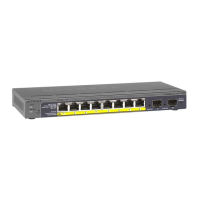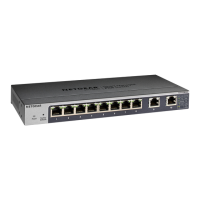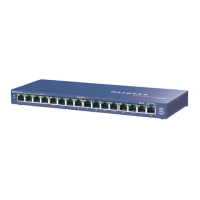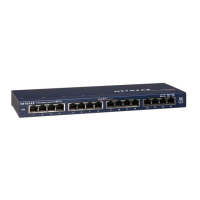8-Port Gigabit (PoE+) Ethernet Smart Managed Pro Switch with (2 SFP or 2 Copper Ports and)
Cloud Management
Configure Routing User Manual250
4. Enter one of the following passwords:
• After registration, enter the local device password.
By default, the local device password is password.
• If you previously managed the switch through the Insight app or Cloud portal, enter
the Insight network password for the last Insight network location.
For information about the credentials, see
Credentials for the local browser interface on
page 32.
5. Click the Login button.
The System Information page displays.
6. Select Routing> Routing T
able > Route Configuration.
7. From the Route Type menu, select one of the following route types.
• DefaultRoute. Creates a default route.
You must specify the next hop address and
preference. The Network Address and Subnet Mask fields are masked out.
• Static. Creates a static route.
You must specify the network address, subnet mask,
next hop address, and preference.
Depending on the type of route that you are creating, specify the following information:
- In the Network Address field, specify the IP interface address that identifies the
attached network.
- In the Subnet Mask field, specify the subnet mask that identifies the attached
network.
- In the Next Hop IP
Address field, specify the outgoing router IP address to use when
forwarding traffic to the next router (if any) in the path toward the destination.
The next router is always one of the adjacent neighbors or the IP address of the local
interface for a directly attached network.
- In the Preference field, specify the preference, which is an integer value from 1
to 255.
You can specify the preference value (sometimes called administrative distance) of
an individual static route. Among routes to the same destination, the route with the
lowest preference value is the route entered into the forwarding database. By
specifying the preference of a static route, you control whether a static route is more
or less preferred than routes from dynamic routing protocols. The preference also

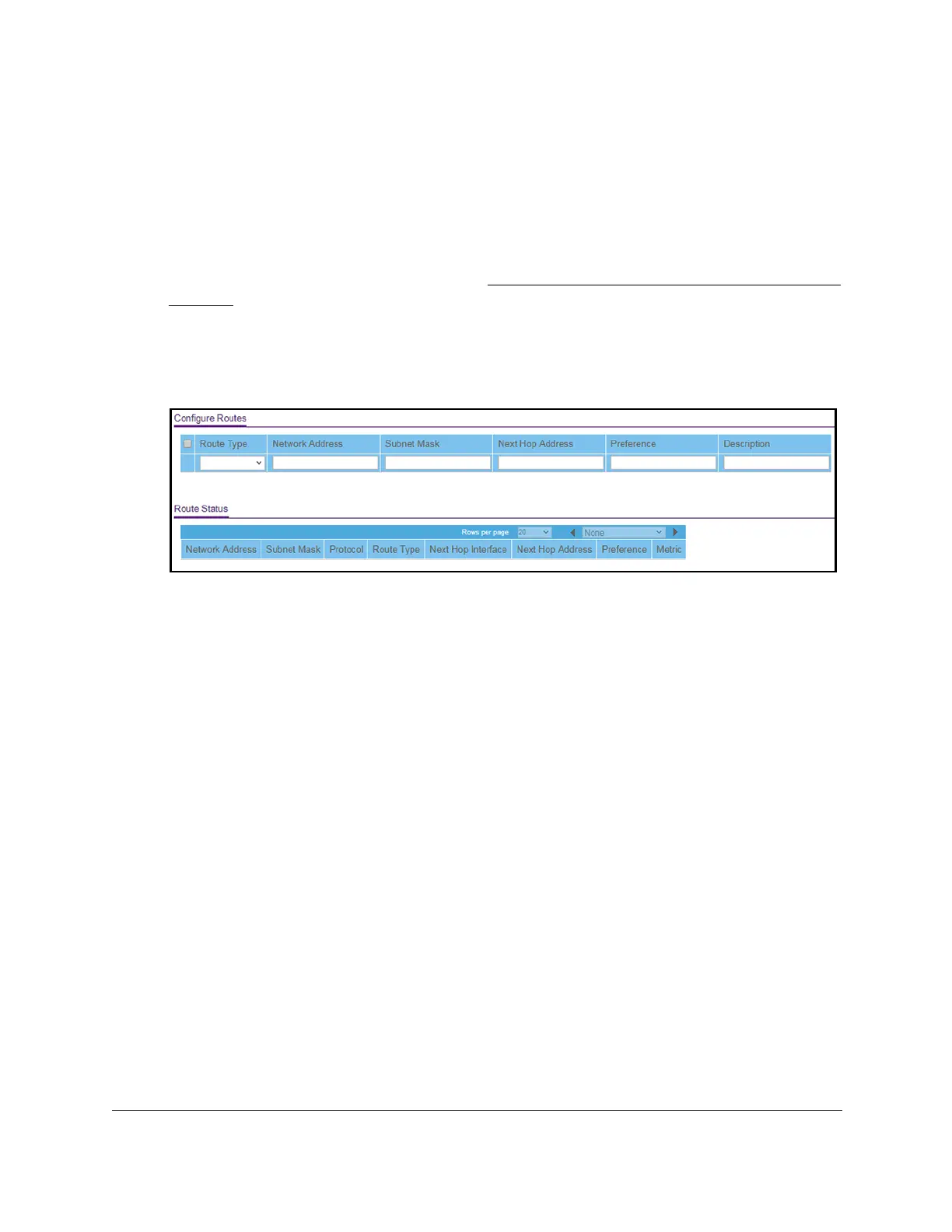